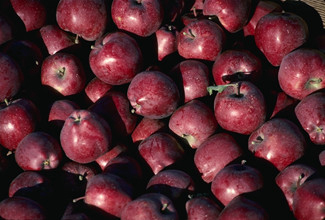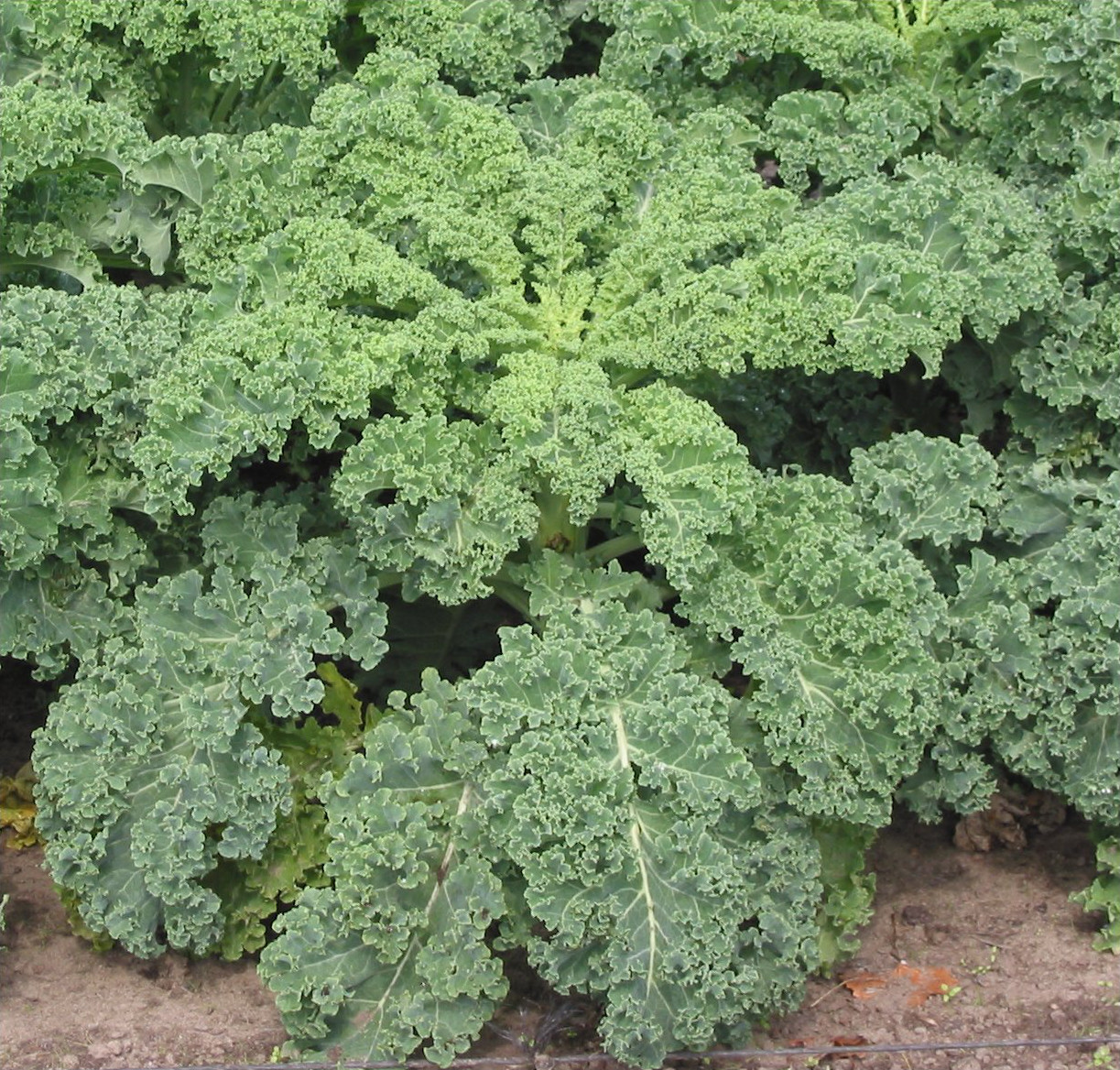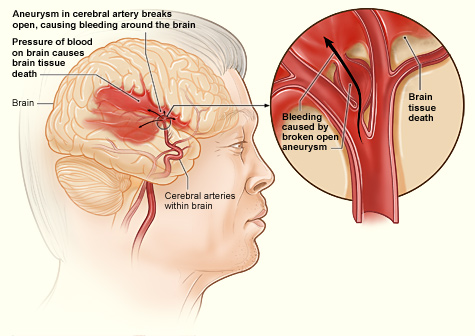The BRAT diet has been widely endorsed by the majority of the medical community for adults and children to both settle an upset stomach and relieve diarrhea. This endorsed BRAT diet stands for bananas, rice, applesauce, and toast. The chief reason for their endorsement is due to the fact that they are easily digested. The rationale is that food that is simply digested is the fastest way to restore solidity to the digestive tract.
The problem with the BRAT diet is that with the exception of
the banana, the other foods may be simple to digest, but they are also low on
nutrition, save the banana. When your
body is stricken with an illness, giving its immune system a boost will lessen
the time it takes to fight off the bug.
This is especially true with viruses or bacteria that cause gastroenteritis,
because the body’s ability to absorb food will be lessened for a time. Therefore, the food that it does absorb
should be nutrient rich.
It goes without saying that before you start this Paleo
alternative to the BRAT diet, you should establish that you can first hold down
liquids. The first step to recovering
from gastroenteritis is rehydration. It
will not do any good to eat food that you cannot hold down. Depending on the severity of the
gastroenteritis, begin with clear water in small aliquots, perhaps even
individual sips every five to fifteen minutes if necessary.
Instead of the BRAT's recommendation of applesauce, opt for the more nutritous unadulterated apple. And don't remove the skin.
The BRAT Alternative
This will start with the only common ground between this and
the BRAT diet – the banana. Indeed,
there is a debate within the Paleo community about whether or not the banana isin fact a Paleo food. Proponents note the
fact that it is a fruit, unprocessed, and is nutrient rich. Detractors note its relatively high starch
and sugar content. The Sphere of Health
endorses the banana in general as Paleo, but should be eaten in
moderation. And when you have
gastroenteritis, its best to err on the side of leniency when you are dealing
with a nutrient rich food that is easy to digest.
Rice is a grain.
Grains, for a whole list of reasons, are forbidden under the Paleo
diet. They are full of anti-nutrients. In the case of white rice, most of those
anti-nutrients have been eliminated.
However, that is the result of processing – the removal of the husk,
bran, and germ, where all the anti-nutrients are located. However, that is also the same place where
the nutrients are as well. So the
consumption of white rice is basically empty calories. An alternative carbohydrate to rice are many
types of squash. In particular, butternut
squash. This starch will help absorb
stomach acids, prompting a settling feeling.
It also possesses a drastically more abundant amount of nutrients than
rice.
The problem with applesauce is that most likely it is bought
by a food company. While it does come
from a fruit, commercially made applesauce is highly processed, with refined
sugar and/or other sweeteners added.
Applesauce that is homemade without the same type of chemical processing
and introduction of added sweetener is more nutritious. However, even homemade applesauce almost
always involves removing of the skin.
The skin of an apple contains the majority of its micronutrients. Eating the whole apple is preferable to
having applesauce.
Toast involves basically the same problems as rice. Bread is a processed food, derived from grain, and was definitely not a staple food of man before the Neolithic Era. The three previous foods from the BRAT diet
and their Paleo alternatives are all carbohydrates. A gentle protein source is essential to
maintain balance in the diet. As your
body will most likely be very inactive – or it should be – as rest is essential
to speed up recovery, you should have some protein to feed the muscles as much
as possible. Eggs are the perfect
choice. Packed with the all the
essential amino acids, along with many of the most essential trace elements and
micronutrients, makes them an infinitely better option to nourish your ailing
body than any form of toast.





